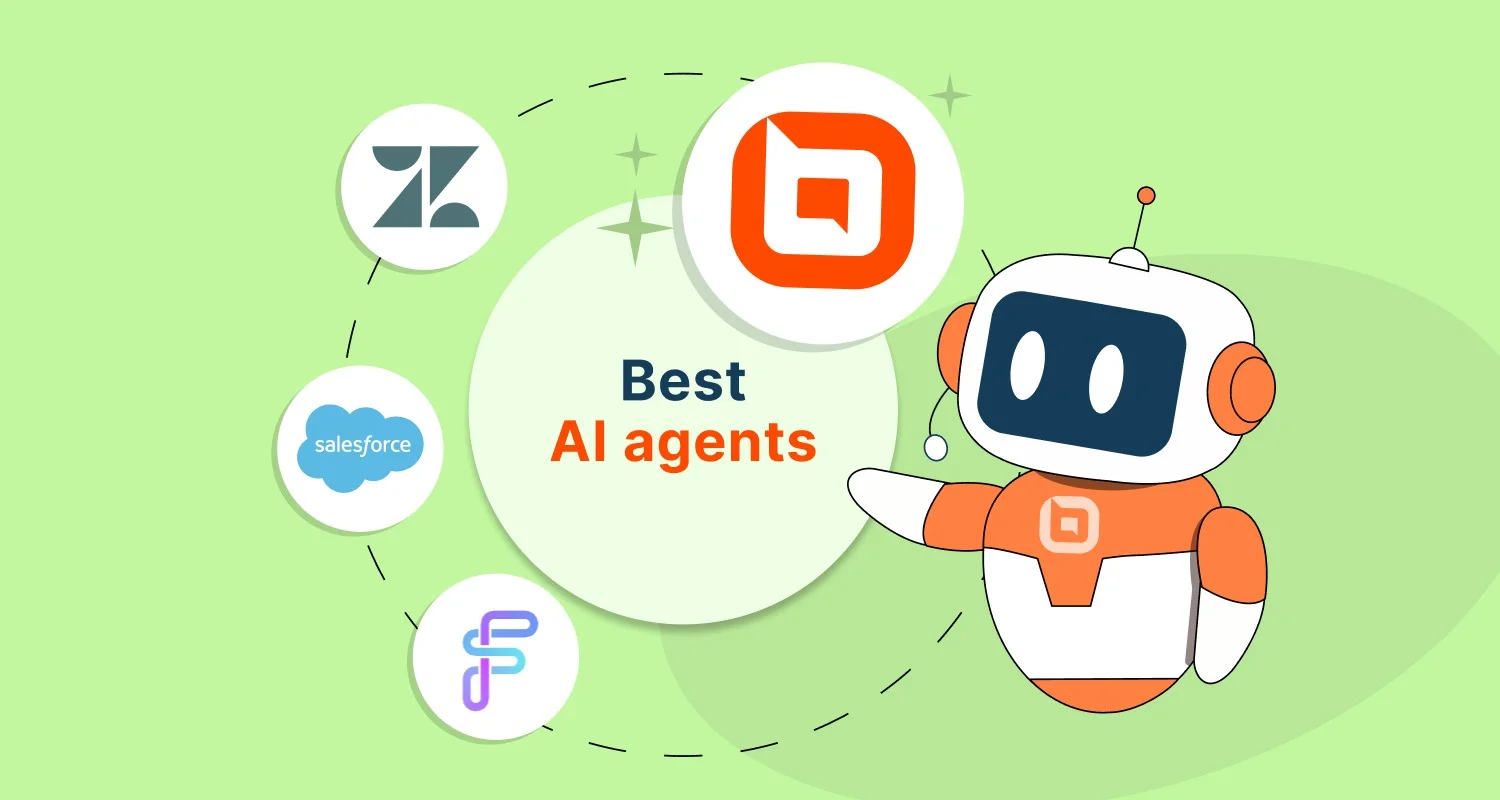Creating wow moments is great, but what truly keeps customers coming back is support that feels effortless.
Today’s customers won’t just remember how fast you responded; they’ll remember how easy you made it for them to interact with your brand or internal team.
Whether they’re solving a problem, placing an order, or simply trying to find information, one question defines customer service experience: Was it convenient?
That’s where customer effort score (CES) steps in, not just as a metric, but as a powerful lens into the real customer journey.
CES helps you identify how easy or difficult it is for users to get what they need, revealing exactly where friction exists and where improvements are needed.
In this guide, you’ll discover what CES is, why it matters, how to measure it effectively, and how to use it to create effortless experiences that turn customers into loyal fans.
What is customer effort score (CES)?
Customer effort score (CES) is a customer service metric used to measure how easy it is for users to interact with your business when using your product or service.
It evaluates the level of effort customers need to complete tasks such as resolving issues, finishing purchases, or making product returns, whether through your website, app, or with your support team.
The core idea is simple: The lower the effort customers need to put in, the easier their experience becomes, and the easier the experience, the more likely they are to stay loyal to your brand.
In fact, a study by Harvard Business Review found that 96% of customers who experience high-effort experiences become disloyal, compared to only 9% of customers with low-effort experiences.
Think of it this way: if a customer can change their delivery address while waiting for coffee to brew, without calling support or digging through menus, that’s a low-effort win.
How to calculate customer effort score
Customer effort score calculation involves asking customers to rate their effort on a scale and typically varies from 1 to 5, or 1 to 7, where:
| CES Score Range | Effort Level | Customer Experience |
| 1–2 (🔴) | High effort | Poor experience |
| 3–4 (🟡) | Moderate effort | Neutral experience |
| 5–7 (🟢) | Low effort | Excellent experience |
Customer effort score formula
Customer effort rating is calculated by dividing the total of all ratings by the total number of survey responses. This gives you the average effort customers feel they need to exert when interacting with your business. The lower the score, the easier the experience.
The CES formula when using surveys:

Example: Let’s say you receive 100 survey responses with a combined score of 250.
To calculate your CES score, divide the combined score (250) by the survey responses(100)
CES= 250/100=2.5
CES can be made more engaging by using emoticons for feedback. Customers select the emoticon that reflects their experience, and the score is calculated by subtracting the percentage of negative responses from positive ones, excluding neutral responses.
CES formula when using emoticon:

Example: Let’s say 400 customers responded to your survey. Out of those, 280 gave a positive emoji, and 80 gave a negative one.
First, find the percentages: 280/400*100=70% positive, and 80/400*100=20% negative.
CES for emoticons/emojis= 70% – 20% = 50%.
The higher the number, the easier your customers feel their experience was.
Types of customer effort score questions to improve CX experience
Every customer interaction is unique, and your CES questions should reflect that.
While the main idea behind CES is to understand how easy it is for customers to complete a task or solve a problem, the way you phrase the question can vary based on the context.
Below are different types of CES examples and questions tailored to various customer touchpoints.
Numbered rating scale
This method of measuring CES asks customers to rate the ease of their experience using a numerical scale, such as 1 to 5, 1 to 7, or 1 to 10.
The higher the score, the easier the experience felt to the customer. It’s a simple way for businesses to measure ease and track improvements over time.
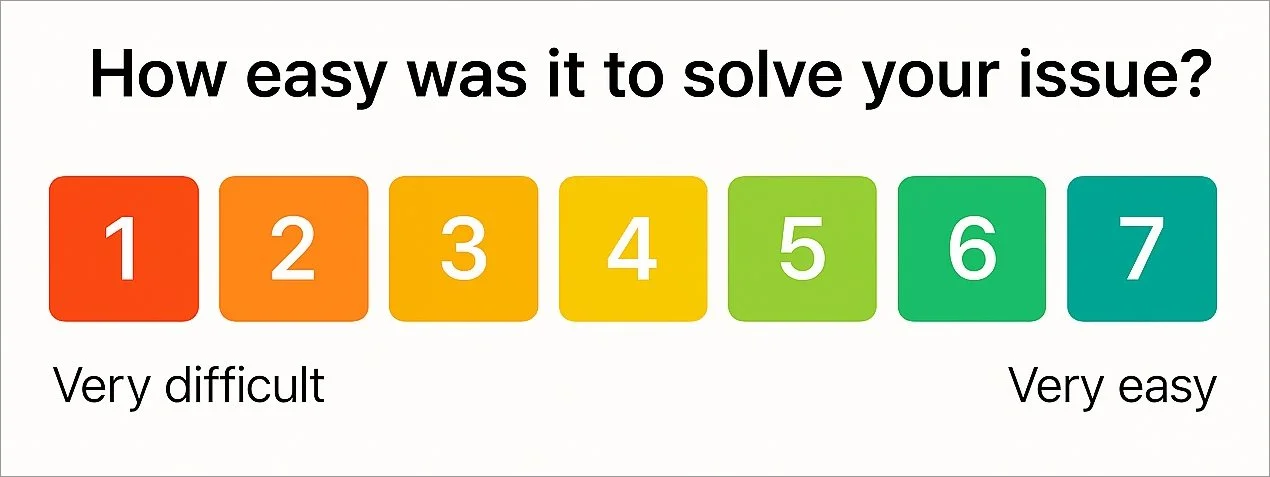
Text-based Likert scale
In this format, users respond to a statement about their experience by selecting from a range of agreement levels, such as “Strongly agree” to “Strongly disagree.”
This approach helps capture how the customer feels about the experience, not just what happened. It gives a deeper understanding than just looking at numbers.
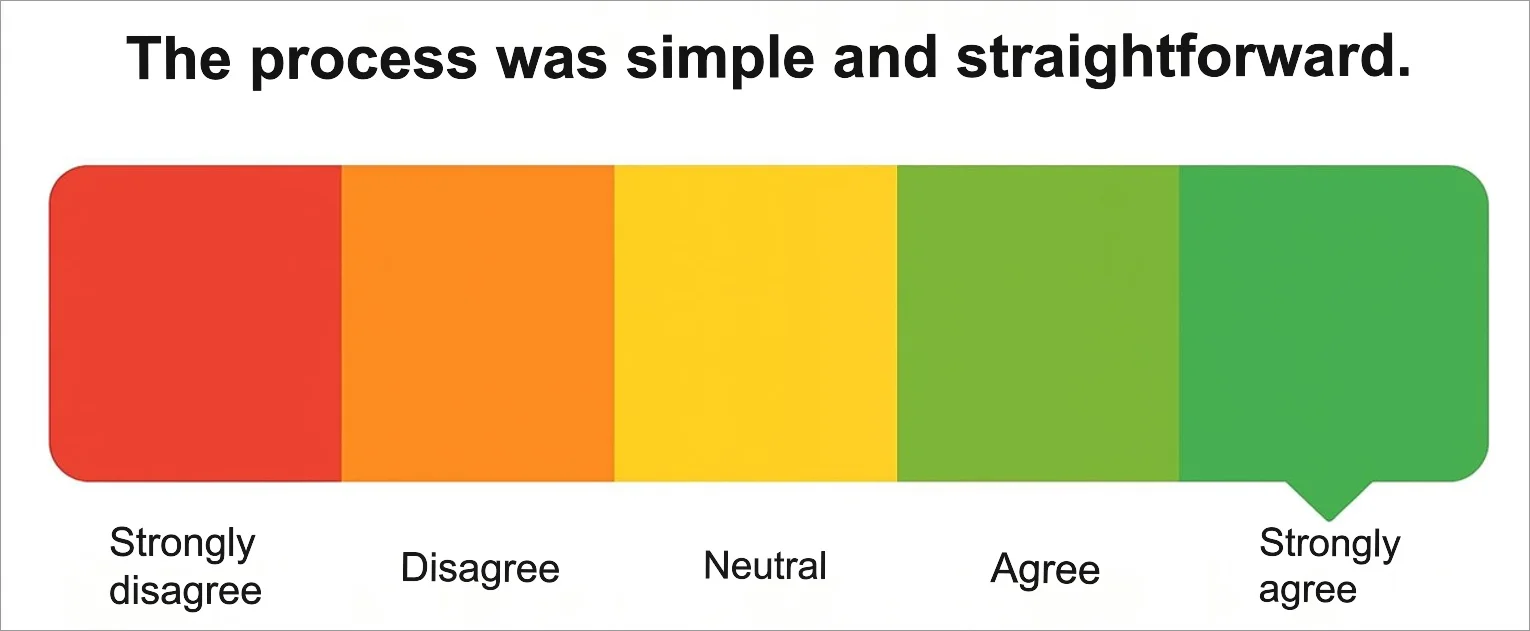
Emoticon rating scale
This visual method uses emojis or icons like smiley, neutral, or sad faces to represent different levels of ease or satisfaction.
It’s quick and easy to use, especially on mobile apps. Customers just tap the face or icon that best shows how their experience felt.
![]()
Open-ended CES questions
These are customer follow-up questions that let them explain their experience in their own words.
While they don’t produce a numerical score, they provide valuable qualitative insights into what worked well and what didn’t.
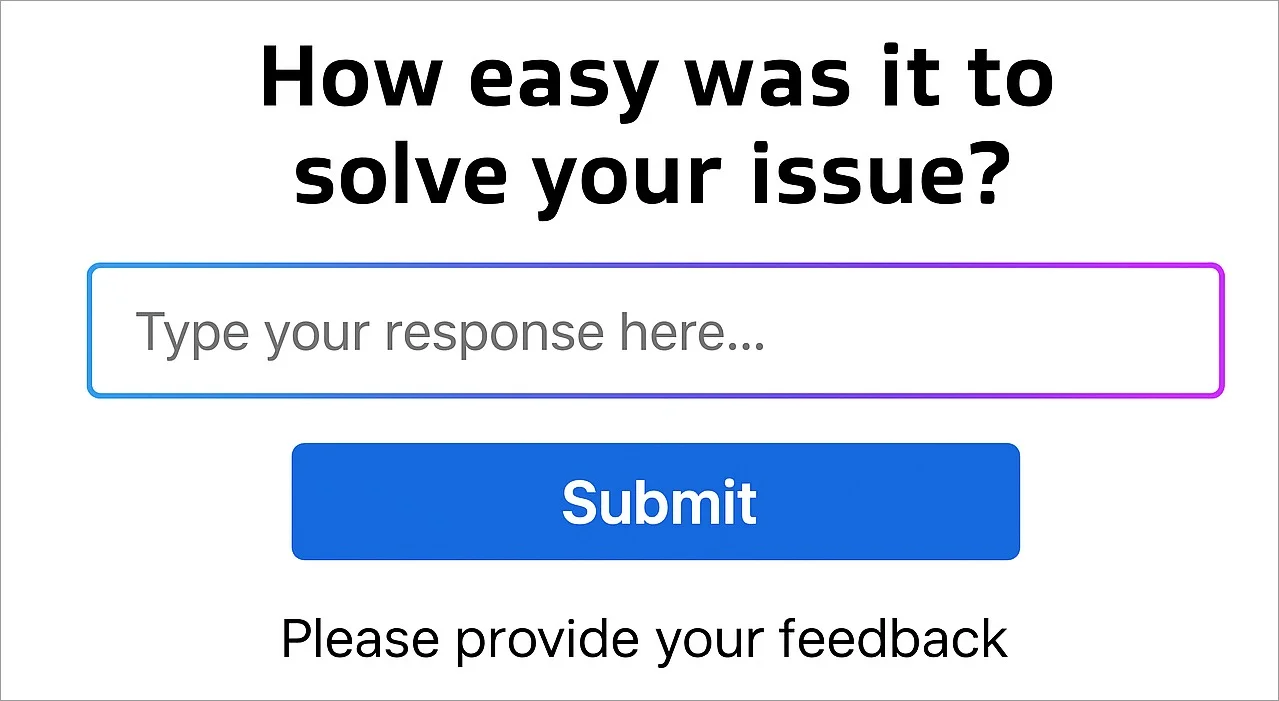
Context-specific CES questions
These are tailored questions that relate directly to a specific action the customer just completed, such as signing up, checking out, or contacting support.
By aligning the question with the exact touchpoint, your business can gather highly relevant and actionable customer feedback.
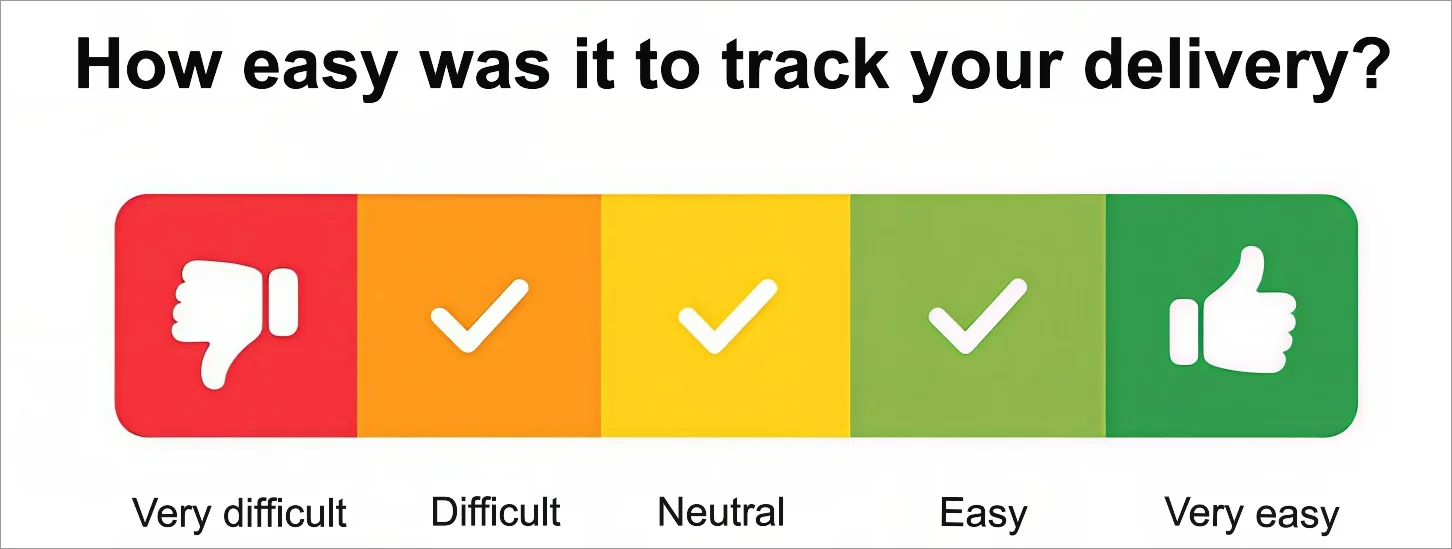
Why customer effort score matters
Understanding how easy or difficult it is for customers to interact with your business can uncover valuable insights.
The CES score helps you see experience from the customer’s perspective, showing where the experience can be improved. Here are some of the benefits of using CES in customer service.
- Helps you spot problems early: A low CES indicates that something like a confusing website or slow support is causing customer frustration. CES allows you to quickly identify these friction points and address them before they lead to lost users or negative customer reviews.
- Protects your brand reputation: When issues are identified early, such as confusing processes or poor support, you can fix them before they lead to customer complaints. A smooth, easy experience makes users happy and more likely to recommend your product.
- Increases customer lifetime value: If tasks are easy and interactions are smooth, customers are more likely to return, spend more, and stay loyal over time. By consistently improving areas where customers struggle, CES supports long-term satisfaction and deeper engagement with your brand.
- Lowers support costs: CES highlights common pain points like repeated contacts or long wait times. Addressing these early simplifies processes, reduces support requests, and makes interactions smoother for customers while easing the load on agents.
- Builds a strong competitive edge: When CES results show that customers experience fewer difficulties, they’re more likely to choose your brand over others, even if competitors offer lower prices. This smooth interaction makes your business more attractive and helps it stand out in the market.
How to create an effective customer effort score survey
Tracking ease score isn’t just about collecting feedback; it’s about building a service journey that feels seamless from start to finish.
Here’s a step-by-step guide to implementing CES scores effectively.
- Define success metrics early: State your mission for the CES survey, whether it’s to reduce support volume, improve product usability, or enhance digital experience, making it easier to decide when to send the survey and how to act on the results.
- Send the survey right after the experience: Timely feedback leads to a clearer understanding. To get the most accurate insights, send the CES survey immediately after the customer issue has been resolved.
- Use the same channel as the interaction: Customers are more likely to respond when the CES survey appears where they’re already engaged. If the customer used live chat software to resolve their issue, deliver the CES survey through the same chat channel to maintain a seamless experience.
- Automate the survey with AI: AI agents streamline support by instantly resolving queries and automatically sending CES surveys after each interaction, helping you gather valuable feedback with less effort.
- Keep your questions straightforward: Make your questions simple and neutral, use plain language like “How easy was it to get the help you needed?” to avoid confusion and encourage honest feedback.
- Add an optional comment box or additional questions: A simple CES rating shows how the customer felt, but not why. Including an open-ended question gives you deeper insights into their experience and helps uncover areas for improvement.
Ways to improve your customer effort rating for your business
A low ease of experience score often means your customers are facing unnecessary obstacles during their experience.
To turn things around, focus on practical changes that reduce friction and make every interaction easier. Here are some ways to do that.

Connect all support channels for a seamless experience
A unified support experience starts with aligning all customer service channels to work together efficiently, and this directly impacts your CES.
Begin by linking channels like email, live chat, and SMS into a centralized platform where agents can access the full interaction history.
Then, train agents to provide consistent, accurate responses across all channels, ensuring customers get clear help without extra effort.
Equip support teams with AI tools to handle issues faster
AI Business projects that by 2025, a staggering 95% of customer interactions will be powered by AI.
Artificial intelligence makes support effortless by understanding customer intent and context. It guides users to the right solution or agent immediately, eliminating the need to re-explain their issue.
- Leverage AI agents for instant resolution: Automate repetitive tasks such as order tracking, password resets, and status updates using brand-aligned tone to eliminate unnecessary steps for customers.
- Empower customers with effortless interactions: AI ensures customers don’t have to repeat themselves or navigate complex processes, making every interaction smooth and easy.
- Equip support teams with AI assistance: Provide tools like AI Copilot to draft responses, summarize ticket history, and suggest next steps, helping agents resolve issues quickly and minimizing customer effort.
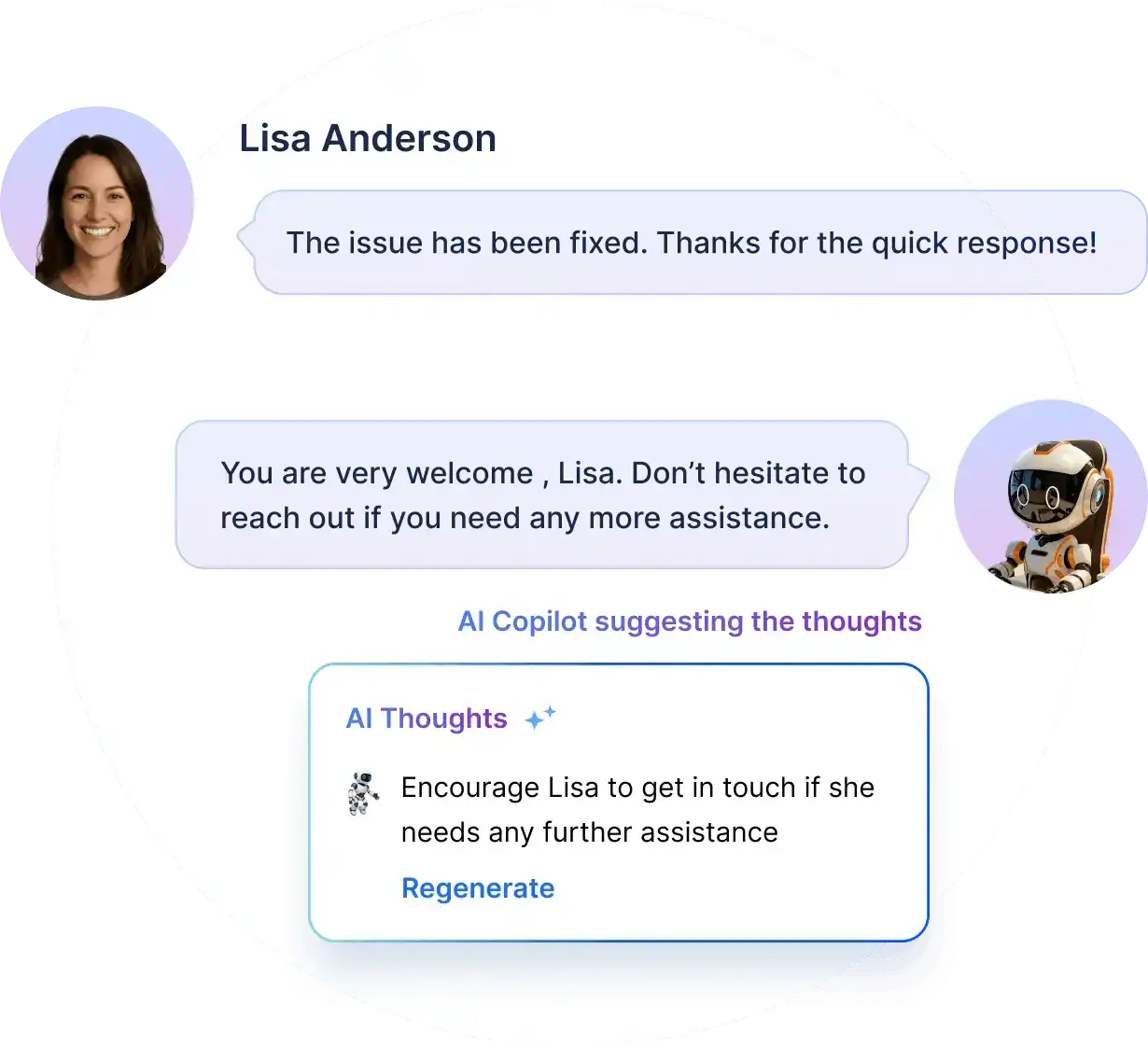
Build and maintain self-service options
According to Higher Logic’s research, 79% of respondents expect companies to provide self-service support options, allowing customers to find solutions independently without needing to reach out for support.
Create a self-service portal that includes a searchable knowledge base, FAQ, and step-by-step guides so customers can find answers on their own without the need to contact support.
Your knowledge base software should be well-organized, easy to navigate, and regularly updated with articles that address your most common customer questions.
Enhance your support experience with BoldDesk’s smart AI search that helps users quickly find accurate answers, reducing effort and resolution time, leading to a lower CES.

Equip your support agents with the skills to recognize and reduce customer effort
The easiest experience is the one customers remember most.
Teach customer support teams to spot what makes support feel difficult and turn problems into smooth experiences with clear guidance and quick fixes to reduce customer effort.
Additionally, you can train agents to fully resolve issues the first time, so customers don’t have to reach out again.
Review customer experience scores and feedback to pinpoint and fix problem areas
To make your CES scores meaningful, regularly analyze them alongside open-ended responses to uncover where customers are experiencing difficulties.
Focus on areas with the lowest effort scores, like unclear processes, delayed responses, or hard-to-use features, and make changes that reduce effort and improve service.
CES vs. other metrics
Choosing the right customer experience metric matters. While CSAT and NPS are widely used, they don’t always reveal how much effort customers expend during interactions.
That’s where CES stands out; it focuses on ease, which research shows is the strongest driver of loyalty.
- Customer effort score (CES): Measures how easy it was for customers to resolve their issue or complete a task.
- Customer satisfaction (CSAT): Measures how satisfied customers are with a specific interaction or service.
- Net promoter score (NPS): Measures the likelihood of customers recommending your brand.
The future starts with customer effort score: Building a culture of ease
As customer expectations continue to rise and competition intensifies, the ability to deliver low-effort experiences will become increasingly important for business success.
Organizations that excel at managing customer effort score will be well-positioned to build lasting customer relationships and achieve sustainable growth.
Remember, every interaction is an opportunity to lower your CES and build customer loyalty.
Ready to make every interaction effortless? With BoldDesk features like AI-powered search, real-time feedback collection, customizable survey templates, and a self-service portal, businesses can seamlessly reduce customer effort at every touchpoint.
Have any questions or feedback? Contact us. We’d love to hear your thoughts in the comments below.
Related articles
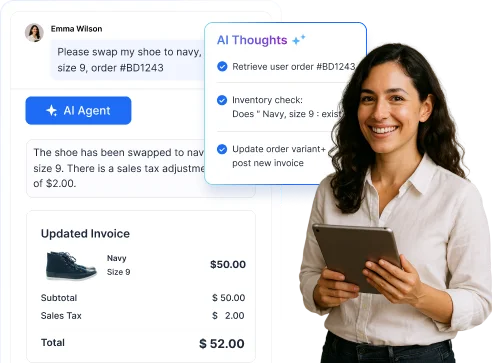


















 Email Ticketing System
Email Ticketing System Shared Inbox Software
Shared Inbox Software Multi Brand Help Desk
Multi Brand Help Desk Internal Help Desk Software
Internal Help Desk Software Trouble Ticketing Software
Trouble Ticketing Software Mobile Help Desk
Mobile Help Desk 











